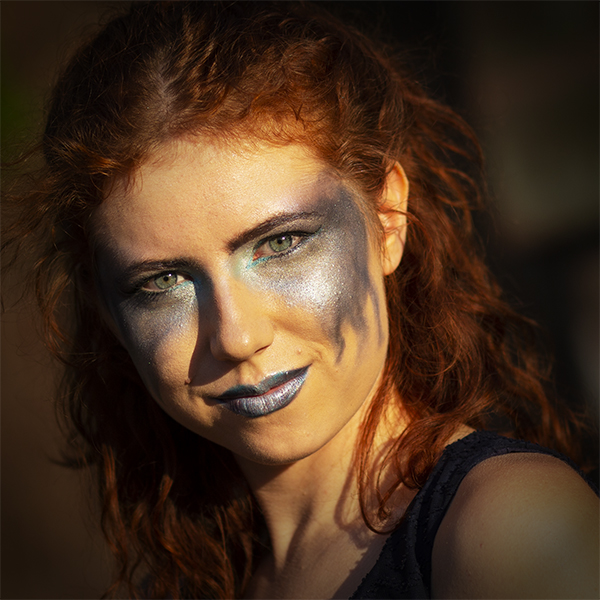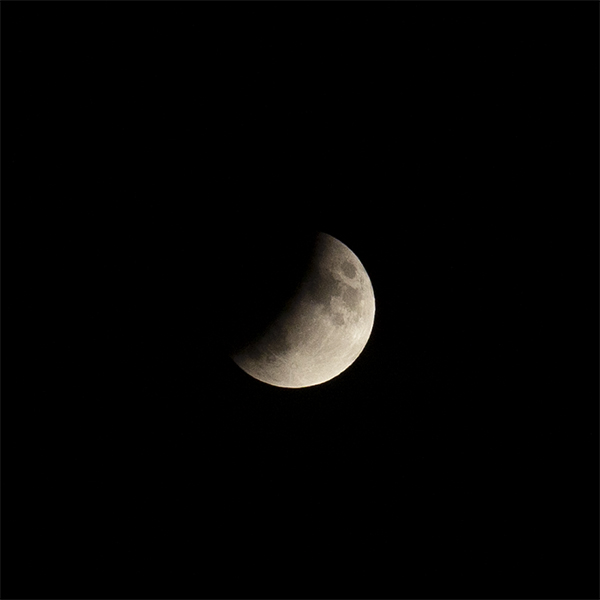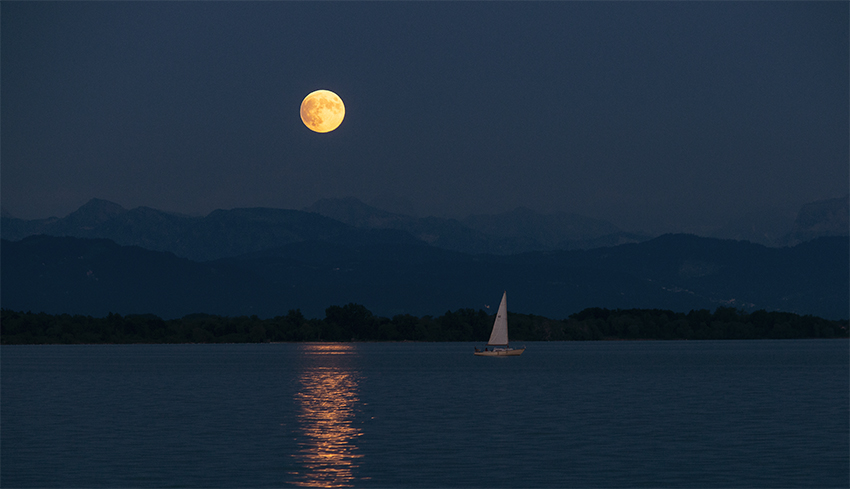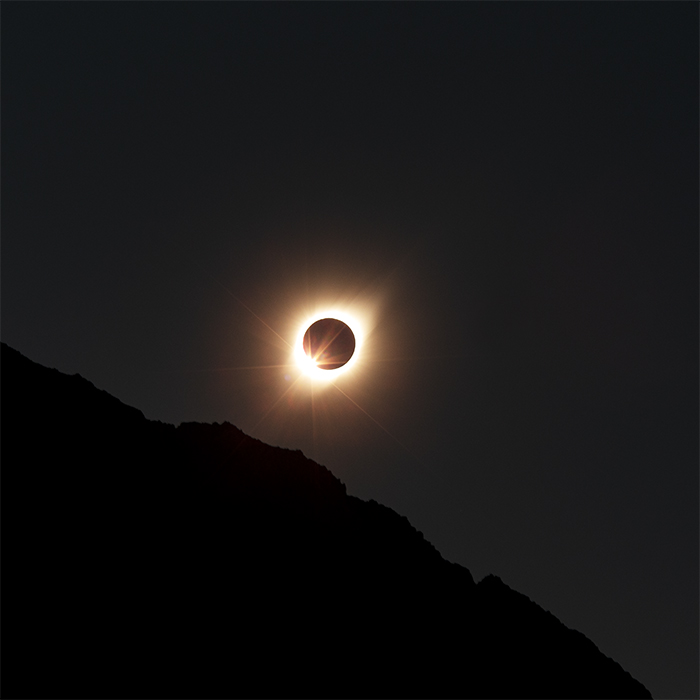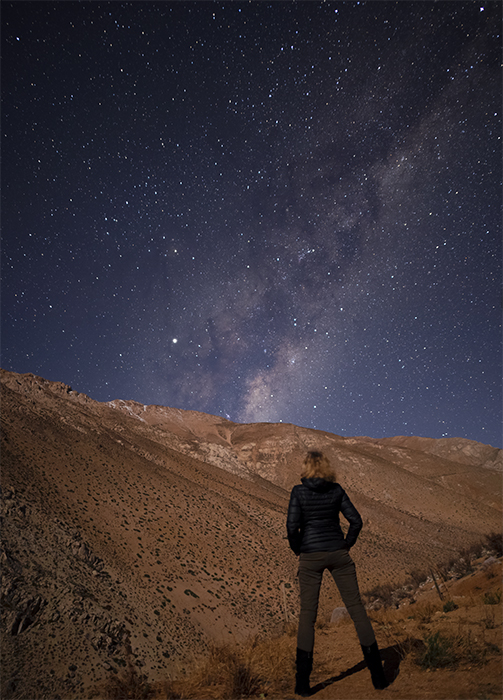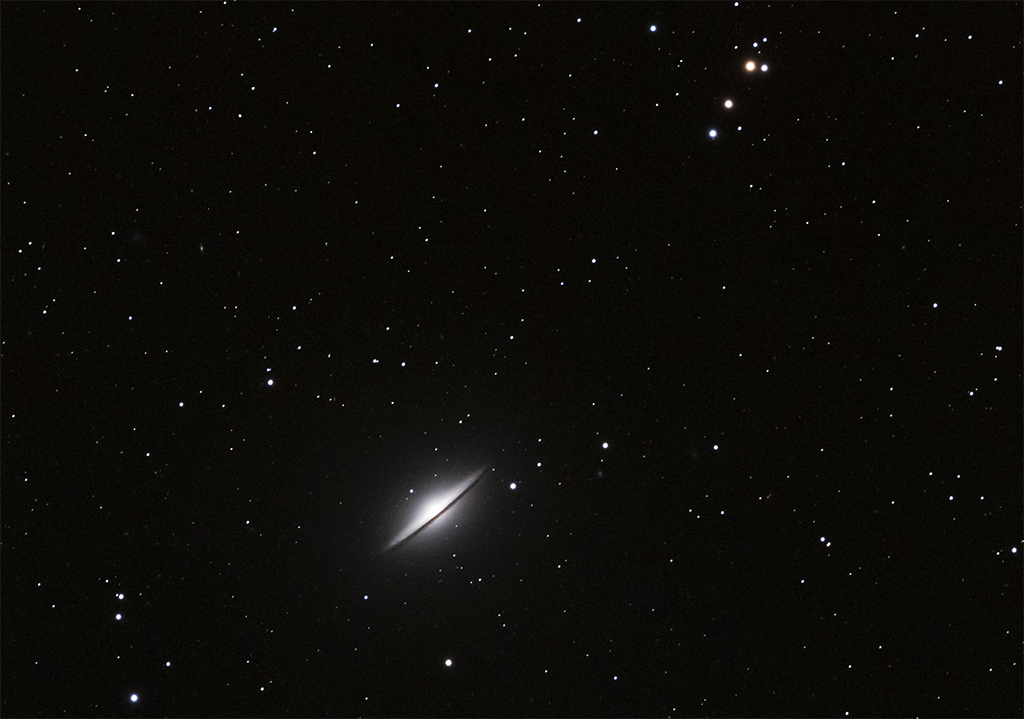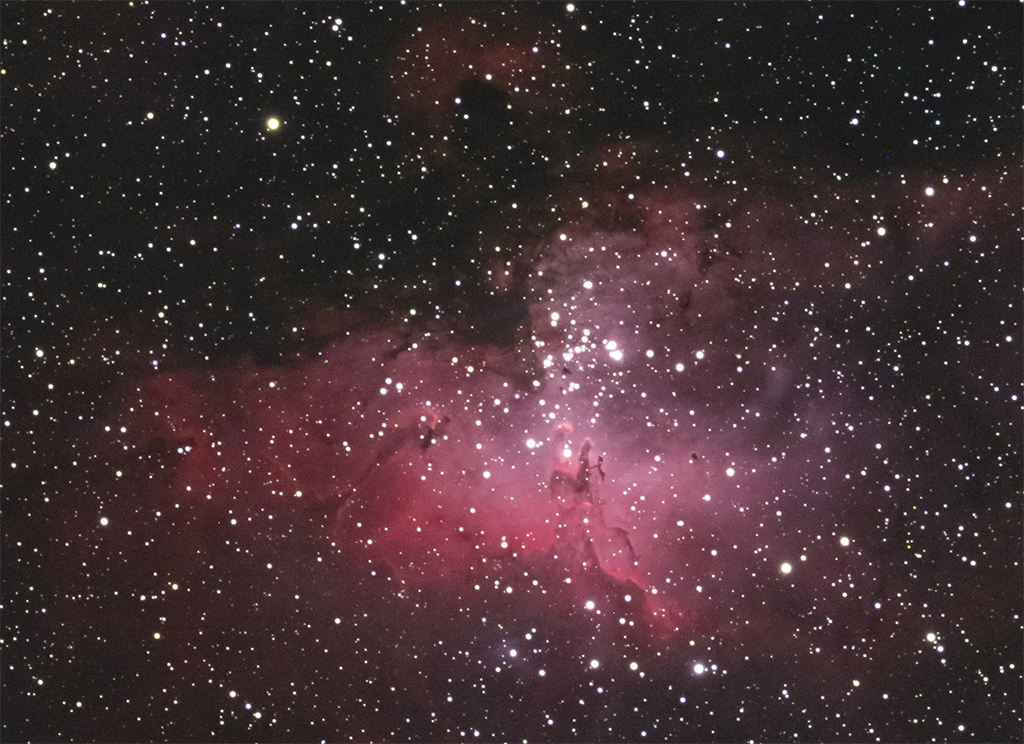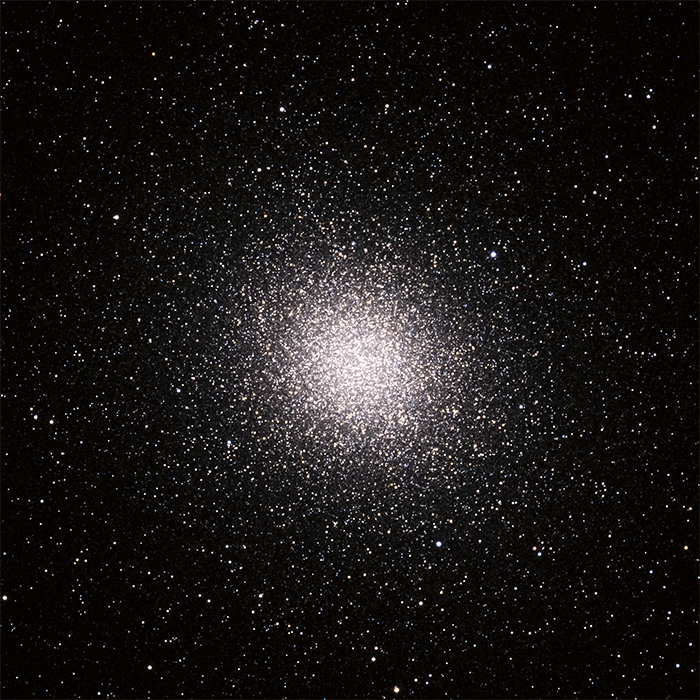Black & White Architectural Photography
Due to the high number of skyscrapers Frankfurt am Main is also called "Mainhattan". Today Frankfurt has 30 high-rise buildings that are at least 100 meters high. Together they shape Frankfurt's well-known skyline. But each of the prominent high-rises is also unique in its own way and can easily be identified from a distance. And those, who don't suffer from acrophobia, can explore some of these skyscrapers on special
10th Anniversary of Meeting the Dalai Lama
Ten years ago I had the opportunity to volunteer as an English teacher in a Buddhist nunnery in Lingshed, Ladakh. Ladakh is a mountainous region in the far north of India, bordering on Pakistan and China. Politically it belongs to the Indian state of Jammu and Kashmir, but its language, culture, and history are closely related to that of Tibet. Lingshed is a remote mountain village that, ten years ago,
Mystical Make-up
Enjoying a portrait session with my daughter on the shores of the river Main in Frankfurt. Fittingly the eye shadow palette was called 'galaxy chic'. More pics
Partial Lunar Eclipse
On July 16, 2019, I was able to watch a partial lunar eclipse at Lake Constance in Southern Germany. As opposed to a total lunar eclipse, where the full moon is much darker and shows a reddish hue, a partially eclipsed moon will still exhibit a brightly lit part. Thus to the uninitiated, the moon might appear as having a phase - although the moon should in fact be full,
Moonrise above the Lake
On the eve of July 16, 2019, I was treated to a special moment when the full moon rose above Lake Constance in Southern Germany. And with it came the recurring question: Why is the full moon bigger at the horizon? Well, the answer is short: It isn't. This is just an optical illusion that is triggered by the fact that we see objects at the horizon (such as trees
Total Eclipse of the Sun
On July 2, 2019, we could observe a total solar eclipse in our region in Chile. I was extremely lucky, as I could watch (and photograph) the eclipse from my bedroom window. Totality was a moment of rare beauty, intriguing and emotional. But after 2 minutes and 25 seconds the diamond ring effect announced the end of totality and the unique cosmic show was over. But don't despair. The next
Jupiter near Opposition
Jupiter, the second-brightest planet after Venus, makes a splendid appearance in the night sky right now. On June 10, 2019, the giant gas planet will reach its yearly opposition, i.e. the planet is located opposite the Sun (with the Earth being between Jupiter and the Sun). Therefore, on and around June 10th, Jupiter will rise when the sun sets, will reach its highest point in the sky around midnight, and
The Sombrero Galaxy
For my first try at a galaxy I chose the Sombrero Galaxy (also known as M 104 or NGC 4594). This galaxy is located in the constellation Virgo and is some 31 million light-years away. I took this image in prime focus, i.e. I used an 8" refractor telescope with a focal length of 1600 mm as a "lens" on my modified DSLR. This image was taken at the Daniel
The Eagle Nebula
The Eagle Nebula (or IC 4703) is a diffuse emission nebula in the constellation Serpens, some 7000 light-years distant. The cluster of bright stars near the center of the image is called M 16 or NGC 6611. These young and hot stars illuminate the dark silhouette near the center of the nebula. This dark silhouette is also referred to as Pillars of Creation, after a famous photo taken by the
Omega Centauri
Omega Centauri (or NGC 5139) is the largest and brightest globular cluster in the Milky Way. It has a diameter of 150 light-years and contains some 10 million stars. This stellar beauty can be found in the Southern constellation Centaurus, and is even visible to the naked eye under dark skies.






